Image


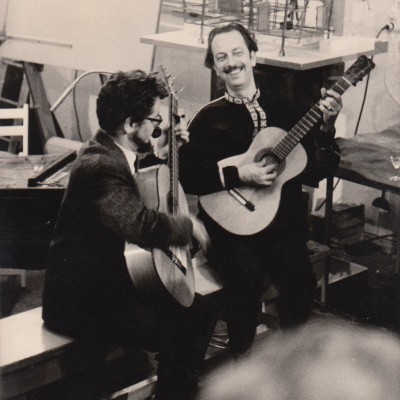
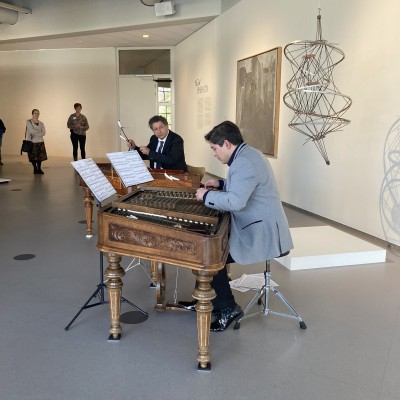
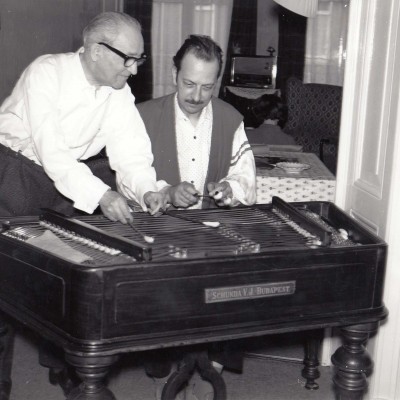
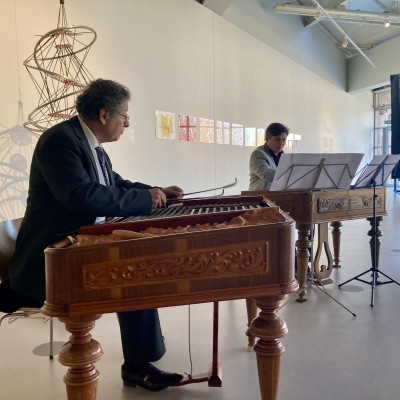
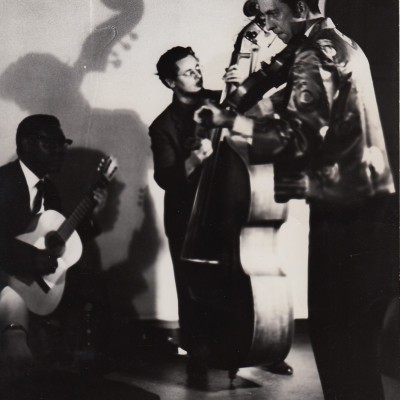
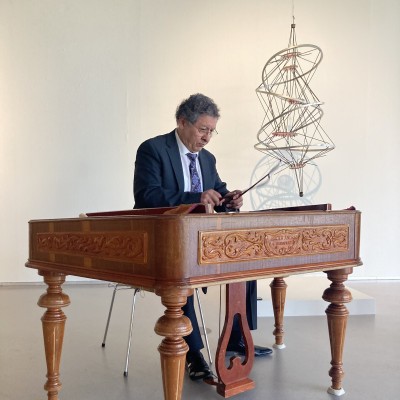
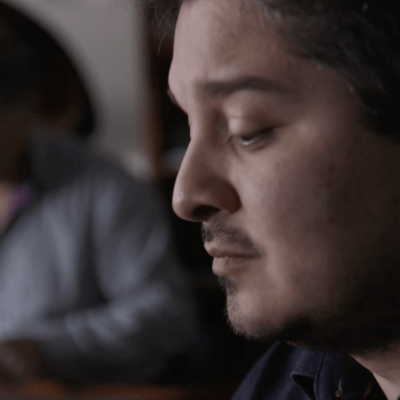
De cimbalisten is a program of newly arranged music by pianist and cimbalom player Dani Luca and his father, cimbalom player, Vasile Luca, to be played on the Constant’s own cimbalom. It is an homage to Constant’s passion for music, the role it played in his personal life and how it inspired his work. Music and visual art are joined together. The musical journey walks you through Schubert’s Winterreise, Bach, Piazzola, Romanian Folk music and Debussy. A journey filled with a zest for life, love, sorrow and death.
Lucas De Man talks to musicians Dani and Vasile Luca in their studio and learns everything about family tradition, the tradional Roma cimbalom and what it has to do with Constant.

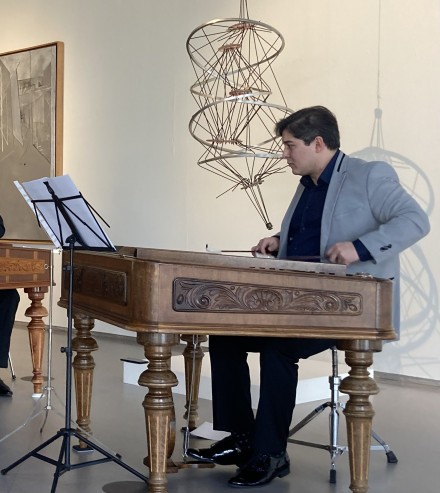
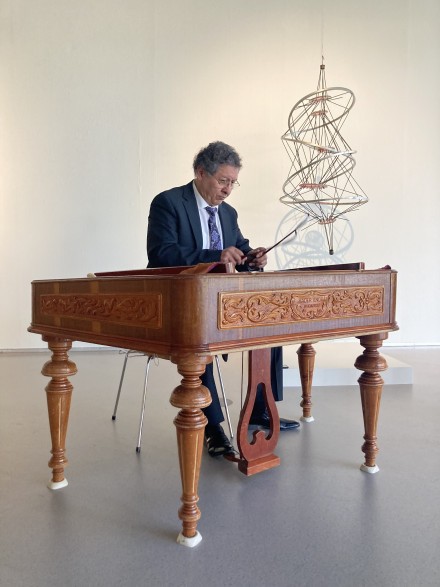
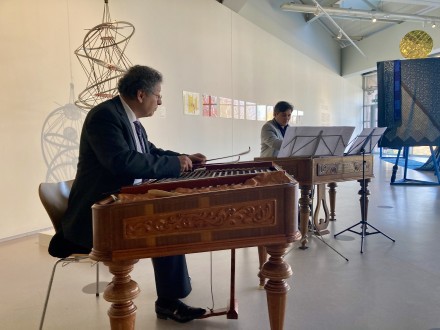
Constant Nieuwenhuys is best known as a visual artist, co-founder of CoBrA and creator of New Babylon. Throughout his life music was his constant companion. Constant started playing the violin at the age of three, learned to play his mothers mandolin as a child, the guitar as a youngster and at the Jezuit college he sang in the choir. In his fourties he gouged his hand and lost his fine motor skills in his fingers. He was then no longer able to play the violin. It was around that time he learned to play the cimbalom from Jenö Horvath.
Music was part of Constant’s daily routine, dominated his social life and populated his work. During his life, he collected 36 instruments, including two harps, three cimbaloms, six guitars, 3 violins, and several mandolins, lutes and a sitar. He also traded his work for instruments with other musicians, as well as with the Haags Gemeentemuseum (now Kunstmuseum Den Haag).
In 2020 Dani Luca bought one of Constant’s three cimbaloms. When visiting the house with his father and seeing Constant’s art, the idea to create a music program inspired by this work originated. Dani and his father would create a playlist arranging music for two cimbaloms based on Constant’s art and his favorite composers and performed with his own instrument.
*Reference to the song Music was my first love by John Miles in 1976.
Between 1989 and 1998 Constant made a series of watercolors and oil paintings called Die Winterreise. The paintings depict a solitary figure wandering through a desolate winter landscape. As the title of the series suggests, Constant was inspired by Franz Schubert’s Winterreise (Winter Journey), a song cycle for voice and piano set to 24 poems by Wilhelm Müller. At the beginning of Schubert’s Winterreise, the “Wanderer” learns that his lover has fallen for another man. He disappears in the dead of night, leaving behind a city that once held much promise for him. His melancholy journey through the freezing cold (even his tears turn to ice) leads him to a cemetery where he desperately seeks eternal shelter, but “all the rooms” are occupied. As he continues into a village, he meets Death on the street disguised as an old hurdy-gurdy. Der Wanderer asks, “Shall I go with you? Will you play your hurdy-gurdy to accompany my songs?”
Schubert composed Winterreise in 1827, a year before his untimely death at the age of 31. The theme of the musical piece is often interpreted as man’s search for himself, although others argue that the work is also steeped in socio-political criticism. Constant owned an extensive selection of Schubert’s music, but Winterreise was a favorite. He could sing the songs by heart and when he passed away in 2005, Maarten Koningsberger accompanied by pianist Kelvin Grout sang songs from Winterreise at his funeral ceremony at Zorgvlied. Dani will make an arrangement of the songs for two cimbaloms.
The selection from Die Winterreise:
1. Gute Nacht
9. Irrlicht
11. Frühlingstraum
15. Die Krähe
20. Der Wegweiser
24. Der Leiermann
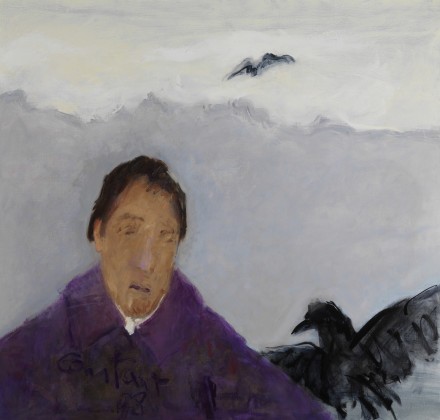
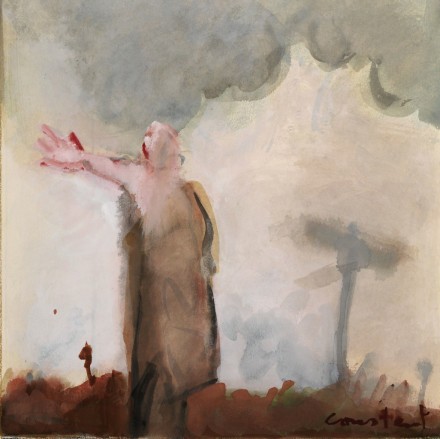
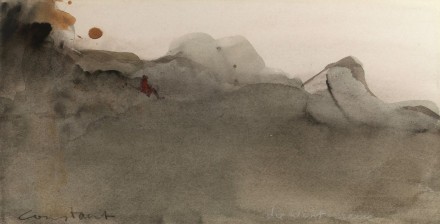
From Debussy Dani chose Des pas sur la neige, no 6 from Préludes book 1. Which translates to “Footsteps in the Snow”, this piece is a wink to Schubert’s Winterreise and La sérénade interrompue. Many of Constant’s works remind of Debussy’s music. Words like grim expressive loneliness, desolation can be heard and felt in this piece of music.
From the book Das wohltemperierte Klavier 1 Dani chose Prelude and Fugue no. 10 because it reminded him of Constant’s Piëta from 1936. He saw the drawing when he visited Constant’s widow and was deeply touched by it. As is widely known, Bach signed each composition with the letters “SDG” (Soli Dei Gloria) at the end which literally means For God’s Glory only.
As an adult, Constant becomes enchanted with largely improvised Romanian folk music and Flamenco. In his work the first reference to Spanish Flamenco appears in 1951, the subject remains a thread of inspiration in Constant’s work and life. It is these works that inspired Dani Luca to choose Claude Debussy’s piece La sérénade interrompue to be arranged for two cimbaloms. It is no. 9 in Préludes, Book I (1909–1910) and is influenced by Impressionism in French painting in 1800. Debussy incorporated influences from Spanish folk music and others into his compositions. In La sérénade interrompue, the Spanish scale is characteristic, as are the dynamic shifts in volume and rhythm. In fact, in the composition, he imitates the sound of the guitar through the short, broken chords and the lyrical melody, which resonates right through the rhythmic movement of the accompaniment.
Next Dani selected Oblivion by Astor Piazzola. An ode to our own humanity because no one wants to be forgotten. The characteristic difference between a tango and flamenco is that the tango is danced with a partner and the flamenco alone. Piazzolla wanted to renew the tango by omitting the singing and dancing and keeping it completely instrumental. This was met with a lot of resistance. In addition the instruments he used were different from the traditional instruments, which did not please the purists. Nevertheless, eventually he revolutionised traditional tango and is now known as nuevo tango.
Astor Piazolla was a great Bach enthusiast and many of his influences can be heard in his music. Like the well-known falling fifth sequence, which can be found in every piece of Bach’s music.
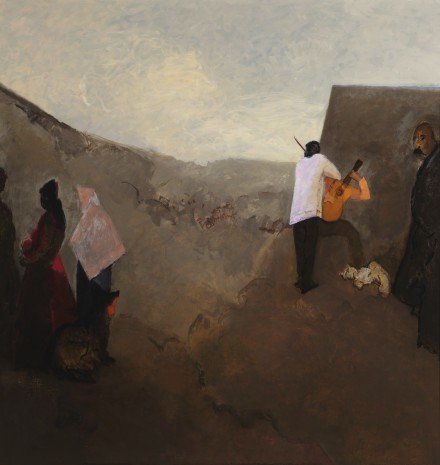
As a teenager Constant learns to read notes and sing in the choir at Jesuit College. But once he encounters Flamenco and Roma folk music, he turns to improvisation, never to let it go again. He often used to hint to the Sinti blood running through his veins via his mother’s side of the family. Part of the program will therefore also be filled with traditional Roma folk music, which Constant himself loved to play.
Email Kim: info@stichtingconstant.nl